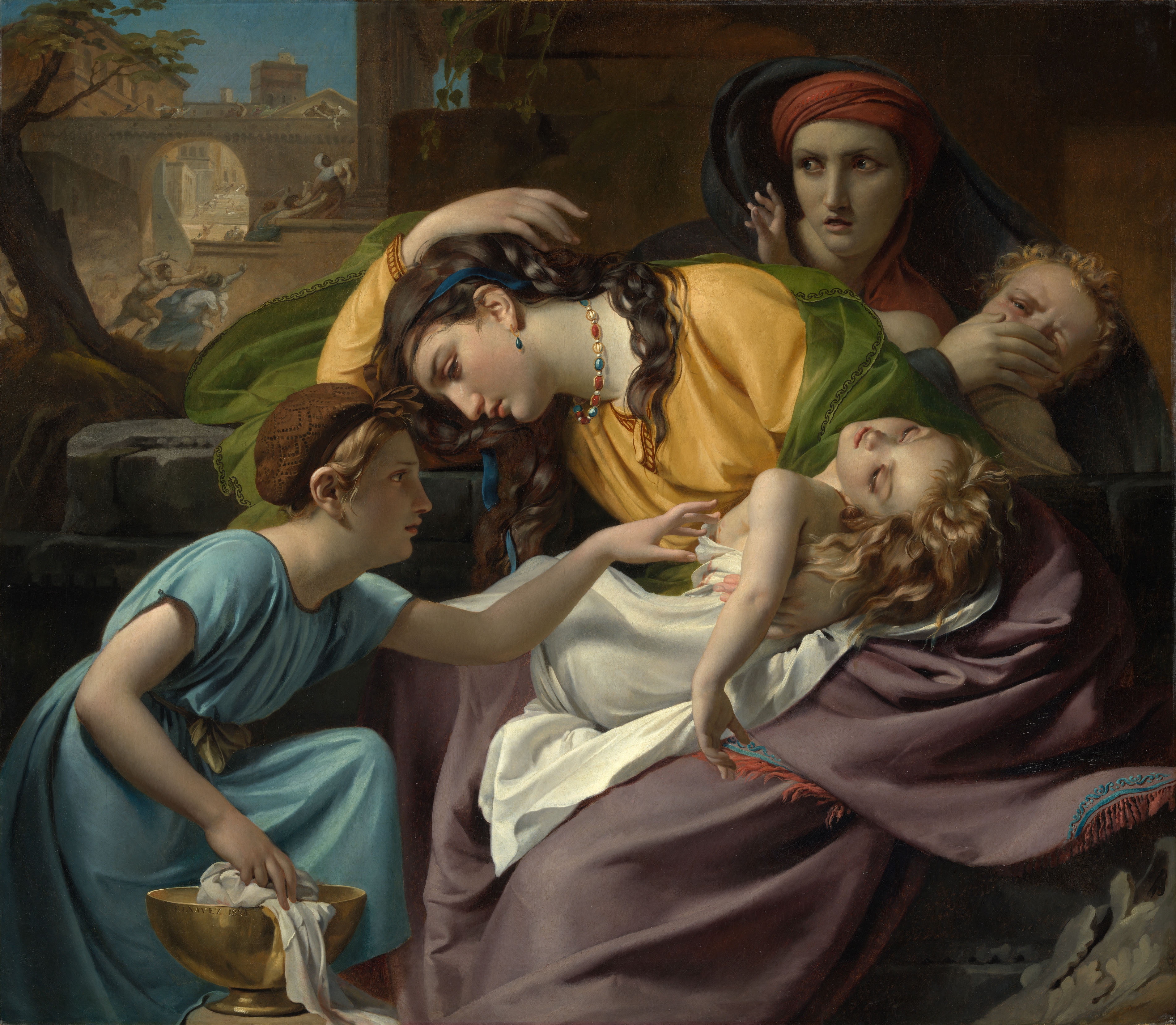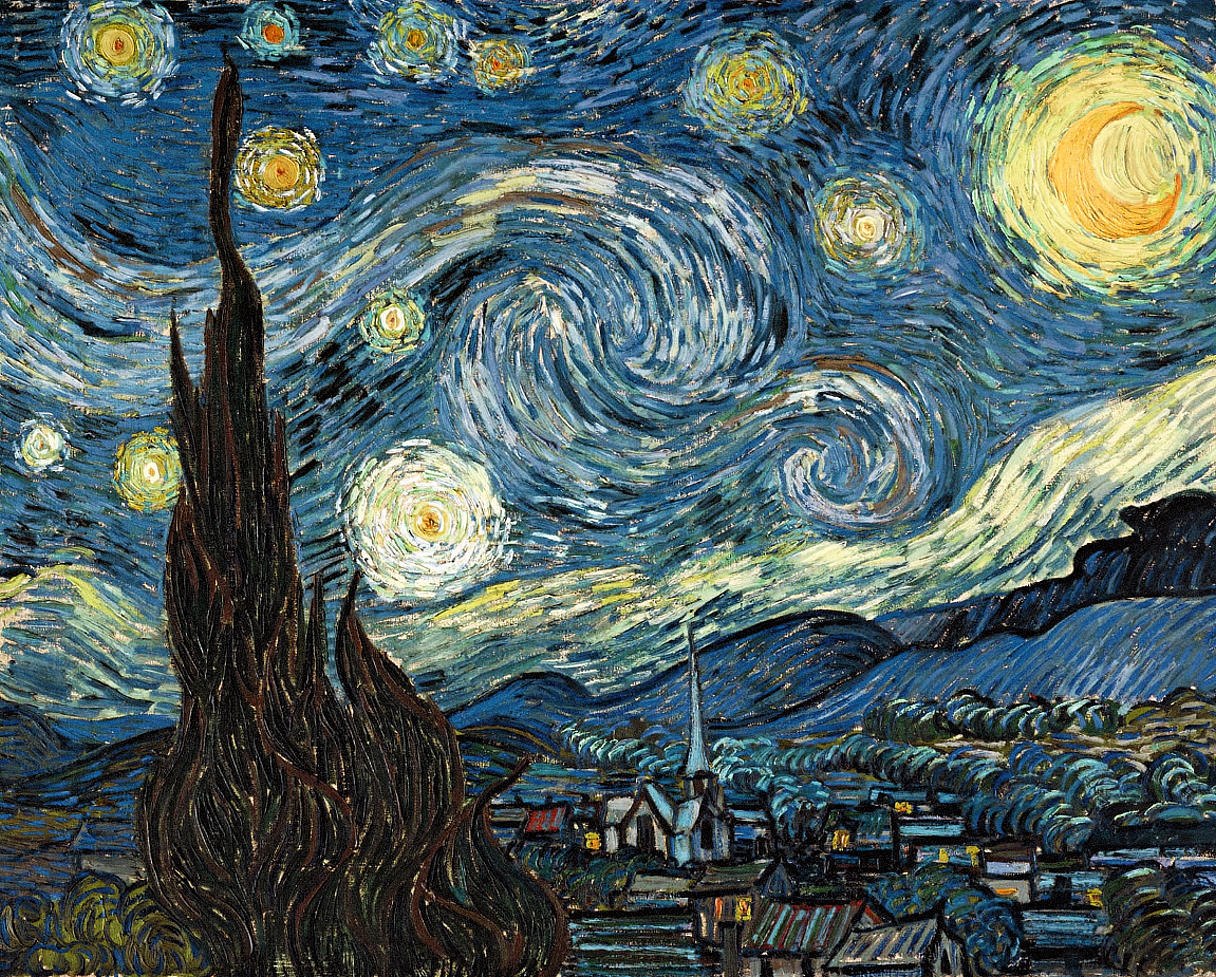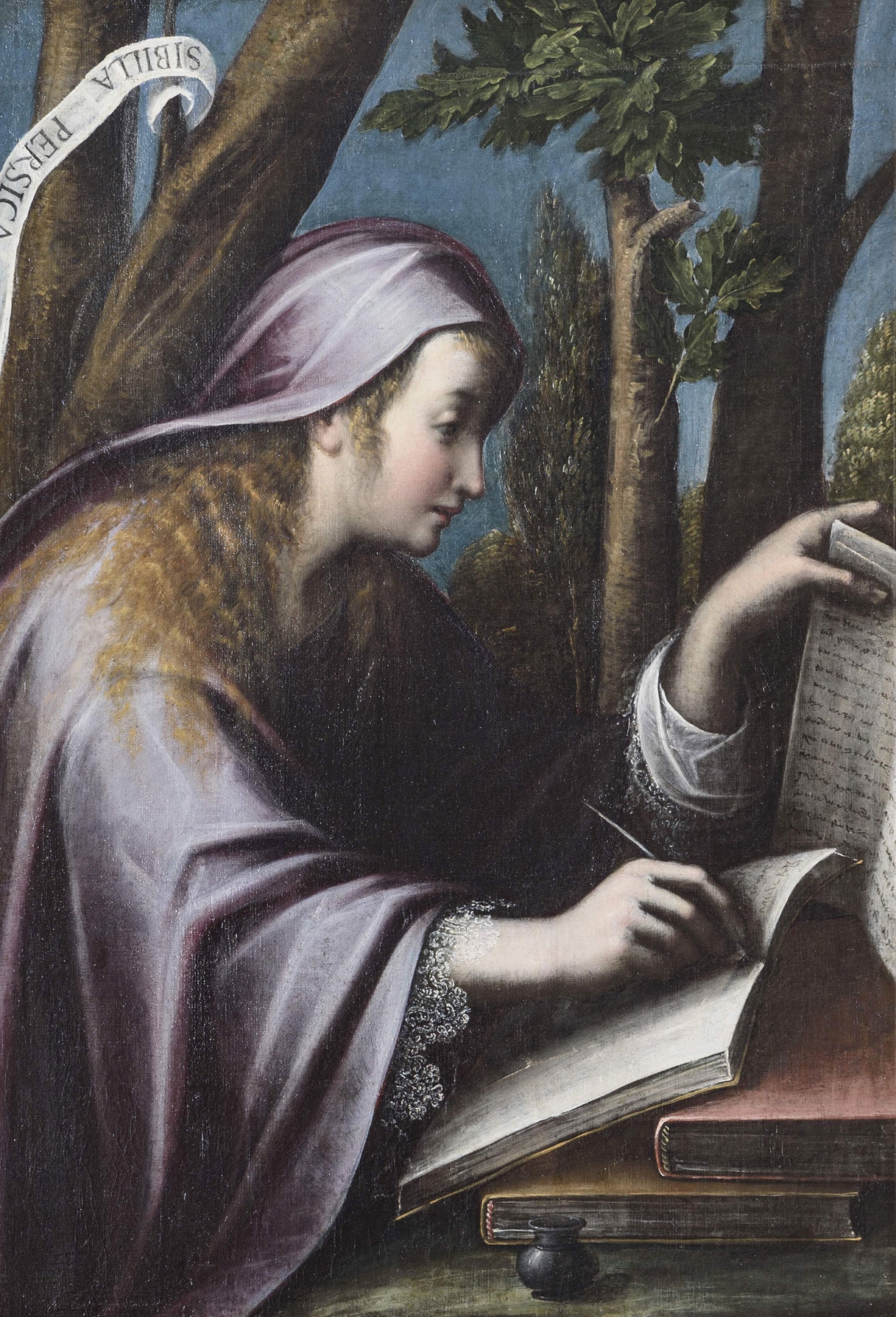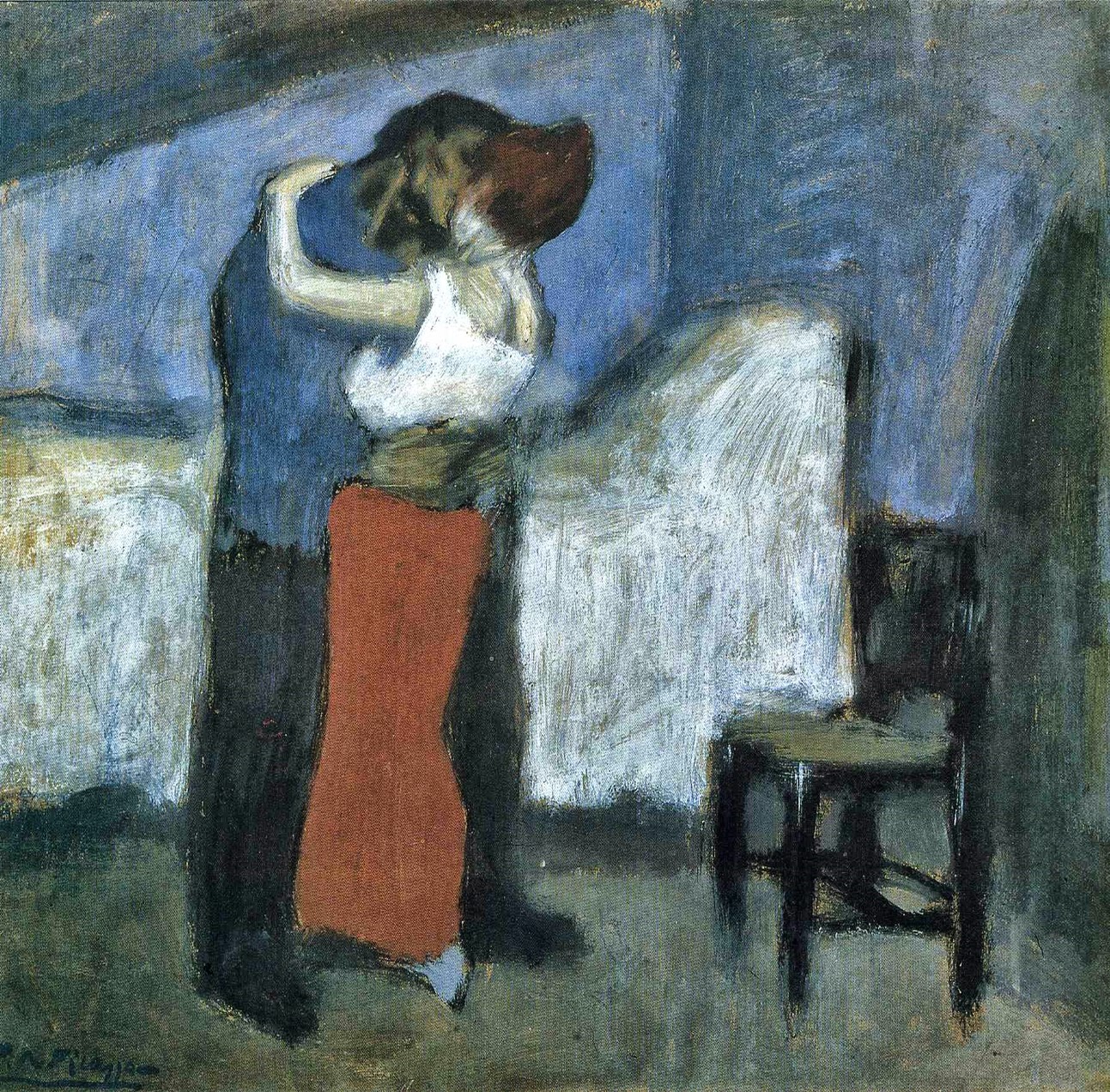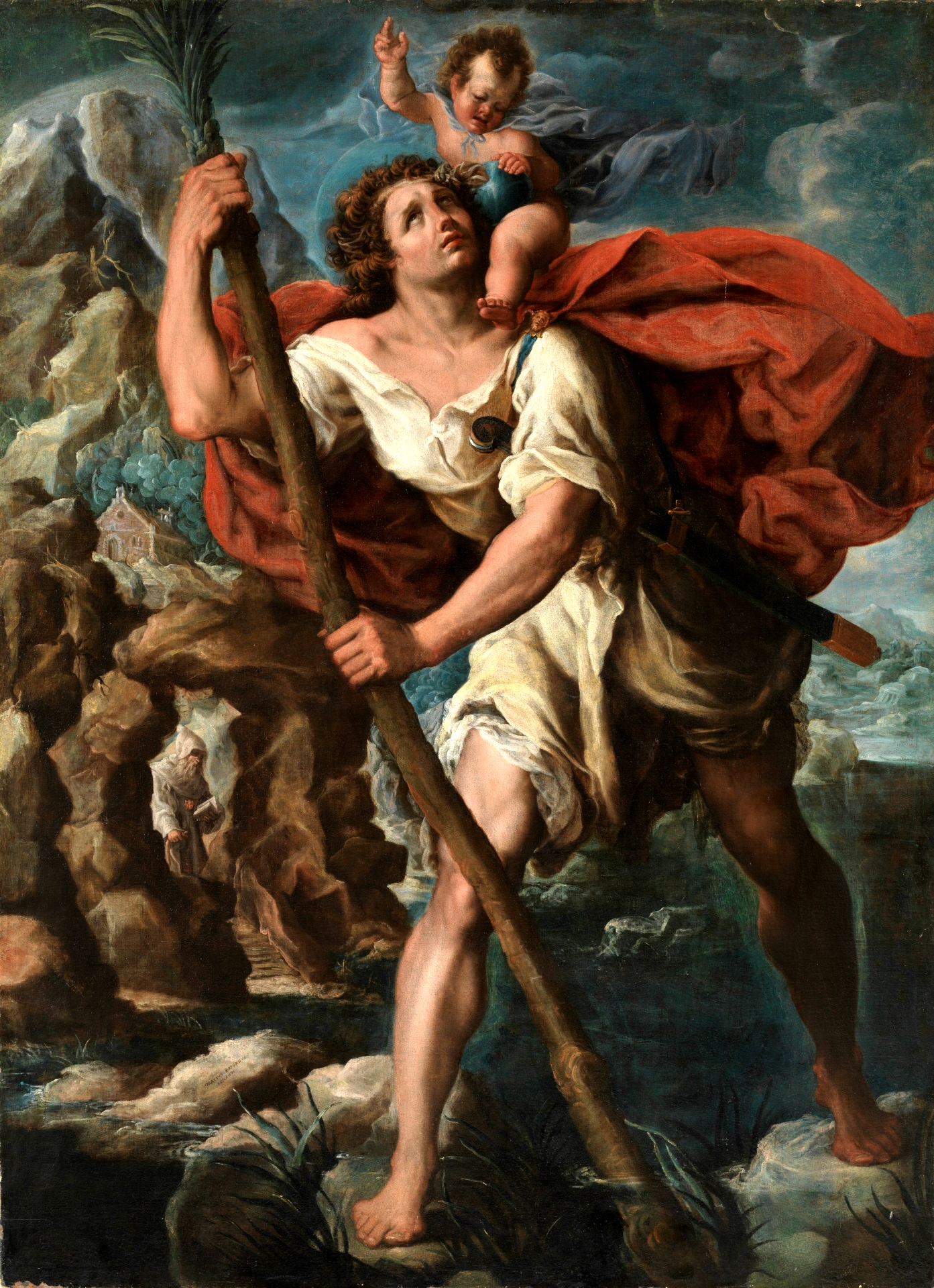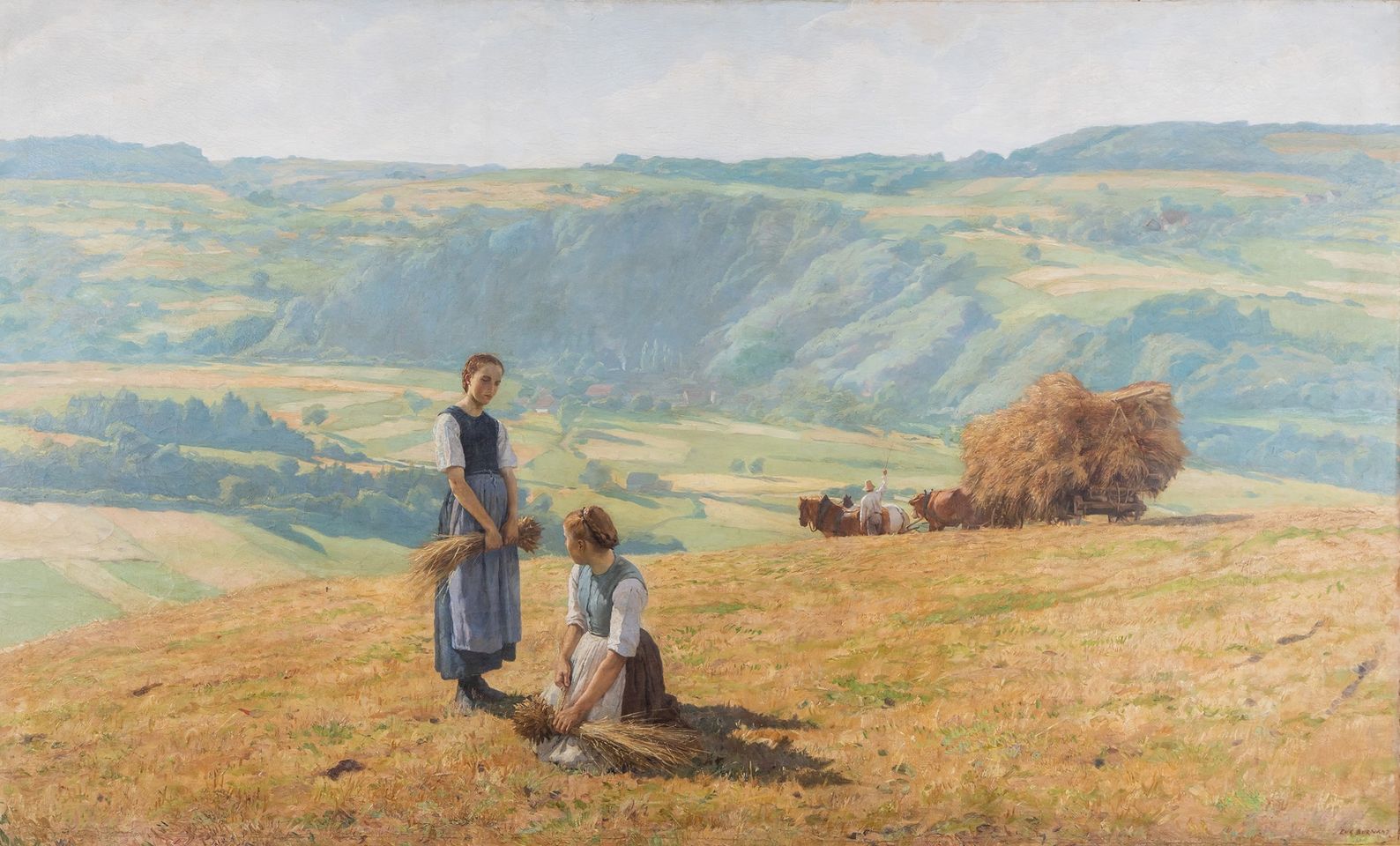The Tree of Life or The Peace window - La Paix ou L’Arbre de vie - at the chapel of Cordeliers of Sarrebourg, a small town in the Vosges Mountains in France, is a stained-glass window about 15 feet (4,6 meters) wide and 12 feet (3,7 meters) high, contains several symbols of peace and love, such as the young child in the center, being kissed by an angelic face which emerges from a mass of flowers.
The Peace Window / Tree of Life is the largest stained-glass window made by Marc Chagall.
On the left, below and above, motherhood and the people who are struggling for peace are depicted.
Musical symbols in the panel evoke thoughts of Beethoven's Ninth Symphony, which was a favourite of Mr. Hammarskjöld's.









